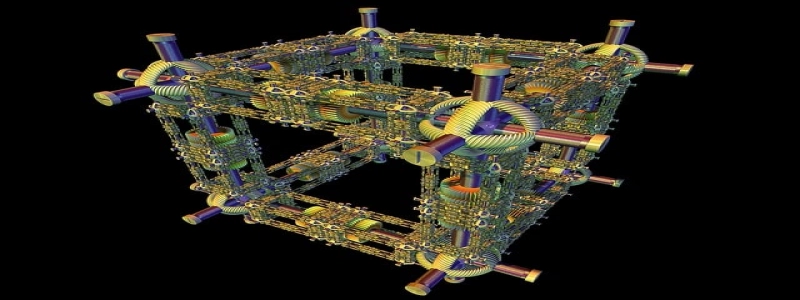Title: Network Fiber Optic Cable
Introduction:
The network fiber optic cable has revolutionized the way we transmit and receive data. In this article, we will delve into the various aspects of fiber optic cables and explain how they work, their advantages, and their applications.
I. What is a network fiber optic cable?
A. Definition and composition
A network fiber optic cable is a type of cable made of thin strands of glass or plastic fibers that transmit data through pulses of light.
B. Structure
1. Core: The innermost part of the cable where the light travels.
2. Cladding: A layer surrounding the core that helps keep the light inside the cable.
3. Coating: The outermost layer that protects the cable from damage.
II. How do fiber optic cables work?
A. Transmission of data
1. Light signals: Data is transmitted as light signals through the core of the fiber optic cable.
2. Total internal reflection: The principle that allows light signals to bounce off the cladding, ensuring they stay within the cable.
3. Modulation: The process of encoding data onto light signals by varying their intensity or frequency.
III. Advantages of fiber optic cables
A. Faster data transmission
1. Higher bandwidth: Fiber optic cables can transmit data at incredibly high speeds, allowing for faster internet connections and data transfer.
2. Low latency: The speed of light enables almost instant data transmission, reducing latency and improving real-time communication.
B. Long-distance transmission capability
1. Minimal signal loss: Fiber optic cables can transmit data over longer distances without significant signal degradation compared to traditional copper cables.
2. Immunity to electromagnetic interference (EMI): The absence of electrical signals in fiber optic cables makes them immune to EMI, unlike copper cables that are susceptible to interference.
IV. Applications of fiber optic cables
A. Telecommunications
1. Internet connectivity: Fiber optic cables are used to connect homes, businesses, and entire cities to high-speed internet networks.
2. Telephone networks: Many telephone networks have migrated from copper to fiber optic cables for reliable voice communication.
B. Data centers
1. Cloud computing: Fiber optic cables provide the backbone for data centers, enabling the storage and transfer of vast amounts of data.
2. Server interconnection: Fiber optic cables connect servers within data centers, facilitating fast and efficient communication between them.
Conclusion:
The network fiber optic cable has revolutionized the world of communication and data transmission. With its high-speed capabilities, long-distance transmission capabilities, and immunity to interference, fiber optic cables have become the backbone of modern internet connectivity and data centers. As technology continues to advance, the role of fiber optic cables will only become more prominent in shaping our interconnected world.








